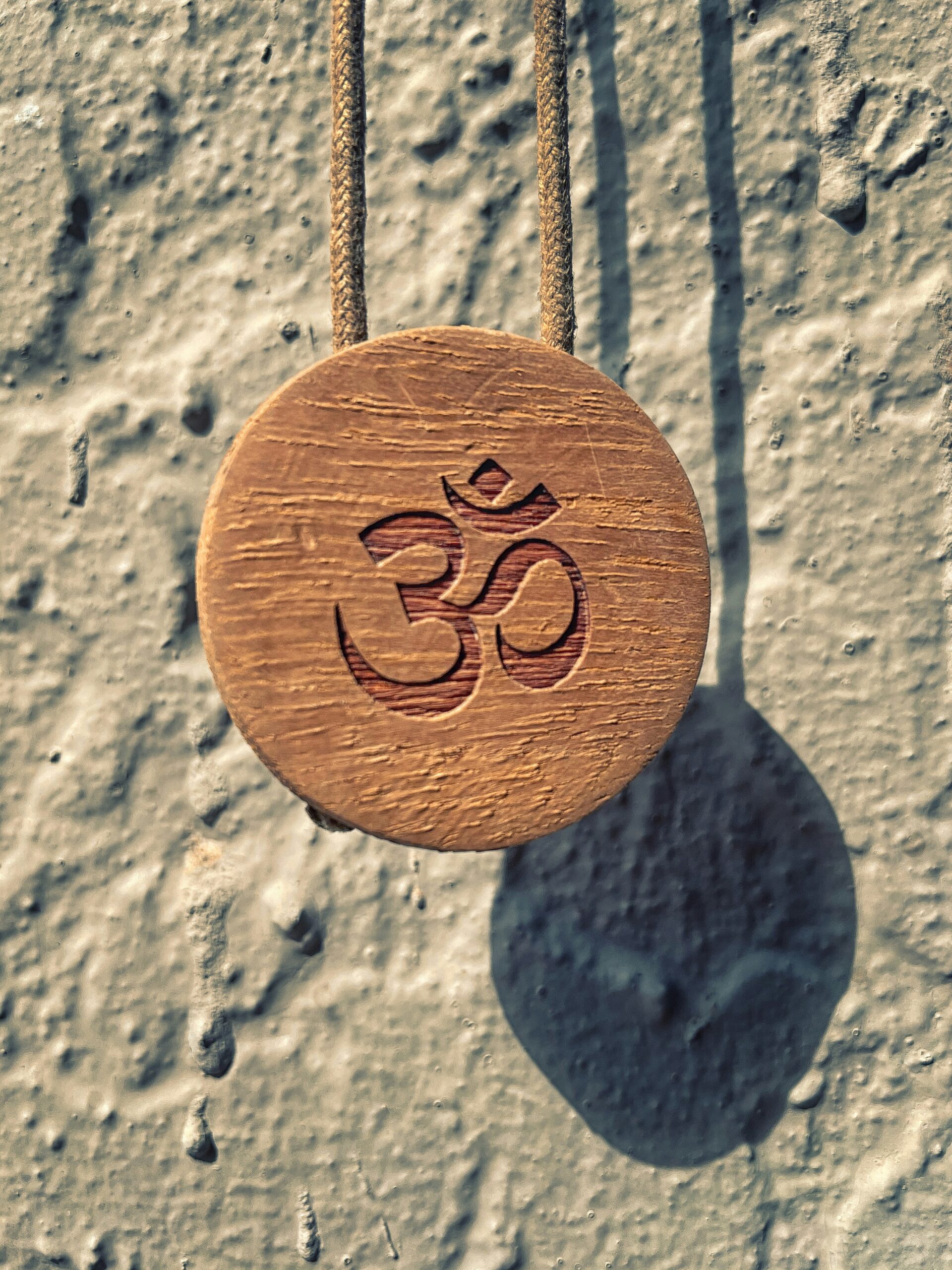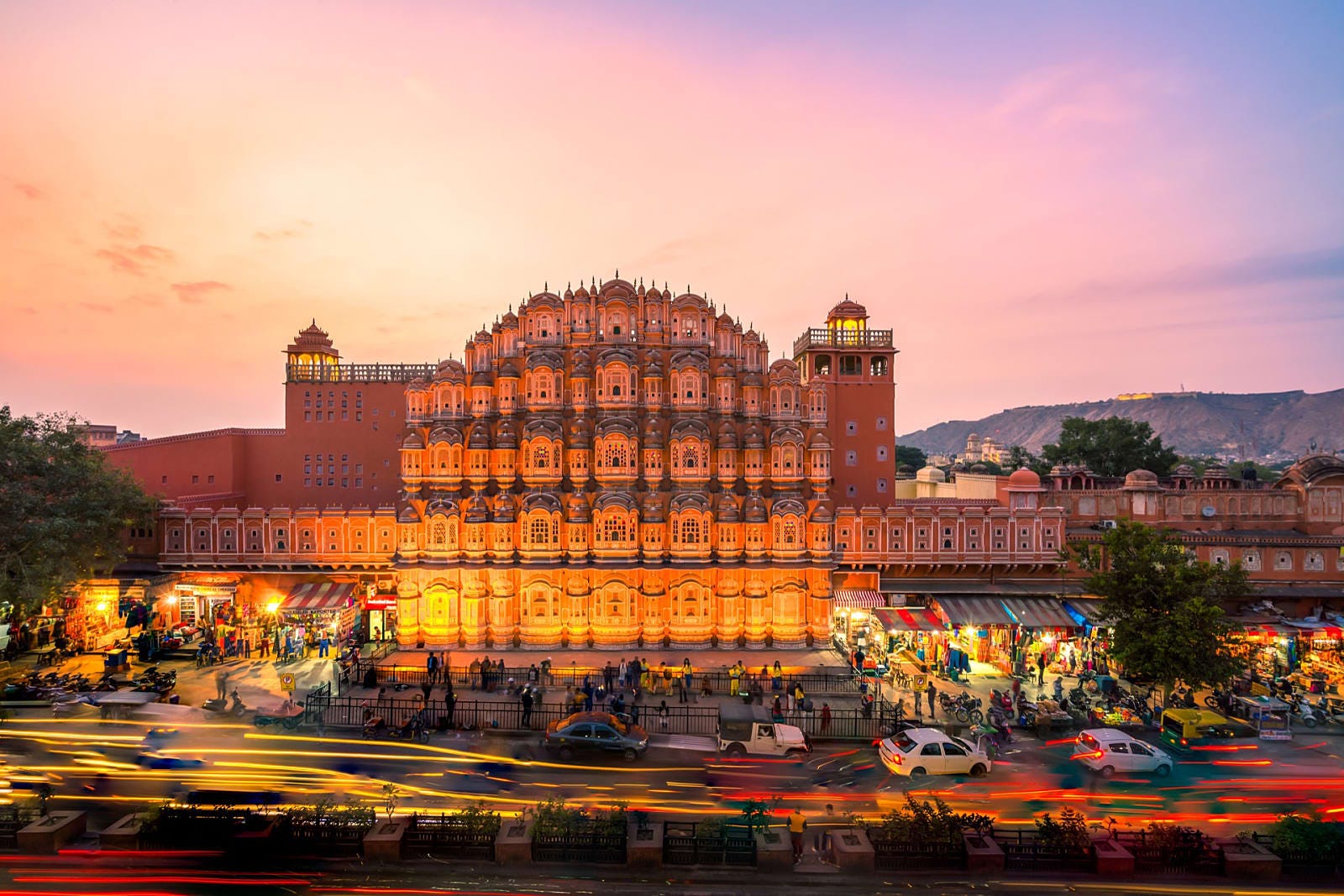India, often called the “Land of Faith,” is a tapestry of spiritual traditions, sacred rituals, and centuries-old pilgrimage routes. Religious Tourism in India isn’t just about visiting temples or attending rituals — it’s about experiencing the soul of a nation where devotion shapes daily life, architecture, festivals, and even geography.
From the snow-clad shrines of the Himalayas to the coastal temples of Tamil Nadu, India’s religious landscape is vast and vibrant. Whether you’re a devout pilgrim or a curious traveler, religious tourism offers a unique lens to explore India’s cultural depth and spiritual diversity.
🛕 What is Religious Tourism?
Religious tourism refers to travel motivated by spiritual beliefs, rituals, or the desire to visit sacred places. In India, it spans across Hinduism, Islam, Christianity, Sikhism, Buddhism, Jainism, and other faiths — each with its own pilgrimage circuits, festivals, and holy towns.
It includes:
- Pilgrimages to temples, mosques, churches, gurudwaras, and monasteries
- Festival tourism during events like Kumbh Mela, Eid, Christmas, and Buddha Purnima
- Spiritual retreats for meditation, yoga, and healing
- Heritage tourism focused on religious architecture and history
🗺️ Major Religious Tourism Circuits in India
India’s religious destinations are often grouped into circuits that reflect spiritual journeys across regions:
1. Char Dham Yatra (Uttarakhand)
Includes Badrinath, Kedarnath, Gangotri, and Yamunotri — four sacred Himalayan shrines. This circuit is considered essential for Hindus seeking moksha (liberation).
2. Jyotirlinga Circuit
Covers 12 Shiva temples across India, including Somnath (Gujarat), Kashi Vishwanath (Varanasi), and Trimbakeshwar (Maharashtra).
3. Buddhist Circuit
Includes Bodhgaya (Bihar), Sarnath (Uttar Pradesh), Kushinagar, and Rajgir — places associated with Buddha’s life and teachings.
4. South India Temple Trail
Spans Tamil Nadu, Karnataka, and Andhra Pradesh, featuring iconic temples like Meenakshi (Madurai), Tirupati Balaji, and Brihadeeswarar (Thanjavur).
5. Sufi and Islamic Heritage Trail
Includes Ajmer Sharif Dargah, Haji Ali (Mumbai), Jama Masjid (Delhi), and Nizamuddin Auliya’s shrine.
6. Christian Pilgrimage Sites
Velankanni Church (Tamil Nadu), Basilica of Bom Jesus (Goa), and St. Francis Church (Kerala) are popular among Christian travelers.
7. Sikh Pilgrimage Circuit
Golden Temple (Amritsar), Hemkund Sahib (Uttarakhand), and Anandpur Sahib are key destinations for Sikh devotees.
🏞️ Top Religious Destinations in India
Here are some of the most visited and spiritually significant places:
| Destination | Faith | Highlights |
| Varanasi | Hinduism | Kashi Vishwanath Temple, Ganga Aarti |
| Amritsar | Sikhism | Golden Temple, Langar tradition |
| Bodhgaya | Buddhism | Mahabodhi Temple, Bodhi Tree |
| Ajmer | Islam | Ajmer Sharif Dargah, Urs festival |
| Tirupati | Hinduism | Venkateswara Temple, hilltop pilgrimage |
| Rishikesh & Haridwar | Hinduism | Ganga rituals, yoga retreats |
| Shirdi | Hinduism | Sai Baba Temple, spiritual teachings |
| Velankanni | Christianity | Basilica of Our Lady of Good Health |
| Dwarka | Hinduism | Krishna Temple, coastal pilgrimage |
| Hemkund Sahib | Sikhism | High-altitude gurudwara, scenic trek |
Sources:
📅 Best Time for Religious Tourism in India
India’s religious calendar is packed with festivals and pilgrimage seasons. Here’s a guide:
- October to March: Ideal for most destinations due to pleasant weather.
- April to June: Good for hill shrines like Kedarnath, Badrinath, and Hemkund Sahib.
- July to September: Monsoon season — lush landscapes and fewer crowds, but some routes may be inaccessible.
Festival highlights:
- Kumbh Mela: Held every 12 years in Prayagraj, Haridwar, Nashik, and Ujjain — the world’s largest religious gathering.
- Diwali & Navratri: Celebrated across Hindu temples with grandeur.
- Ramzan & Eid: Vibrant celebrations in Islamic heritage cities.
- Christmas & Easter: Special masses and processions in Christian communities.
- Guru Nanak Jayanti: Celebrated with devotion in Sikh gurudwaras.
🧳 What’s Included in Religious Tourism Packages?
Most religious tourism packages offer:
- Transport and transfers to sacred sites
- Accommodation near pilgrimage centers
- Guided tours with historical and spiritual insights
- Ritual participation like darshan, aarti, or langar
- Cultural add-ons like heritage walks, local cuisine, and handicrafts
Some packages also include wellness experiences like yoga, Ayurveda, and meditation — especially in places like Rishikesh and Kerala.
💡 Tips for a Meaningful Religious Journey
- Respect local customs: Dress modestly and follow temple/mosque etiquette.
- Stay hydrated and plan ahead: Some pilgrimages involve long treks or queues.
- Learn the stories: Understanding the mythology or history enhances the experience.
- Travel sustainably: Avoid littering and support local communities.
- Be open-minded: India’s spiritual diversity is vast — embrace it with curiosity.
🌄 The Impact of Religious Tourism
Religious tourism in India isn’t just a spiritual pursuit — it’s a major driver of local economies and cultural preservation. It:
- Supports artisans, guides, and local businesses
- Preserves ancient architecture and rituals
- Promotes interfaith understanding and unity
- Encourages sustainable tourism practices
With government initiatives like the PRASAD scheme (Pilgrimage Rejuvenation and Spiritual Augmentation Drive), infrastructure and accessibility at religious sites are improving rapidly.
🏁 Final Thoughts
Religious Tourism in India is a journey into the soul of a civilization. Whether you’re watching the Ganga Aarti in Varanasi, meditating under the Bodhi Tree in Bodhgaya, or sharing a meal at the Golden Temple — each moment is steeped in meaning.
It’s not just about belief. It’s about belonging, discovery, and transformation.







